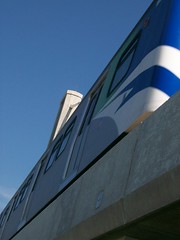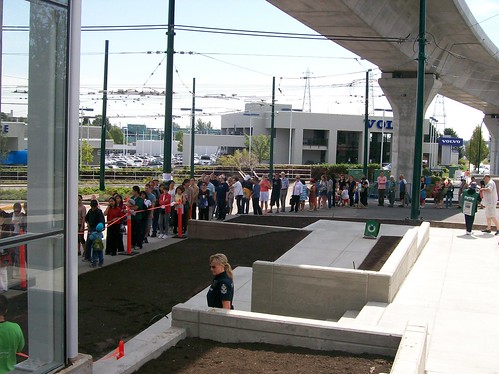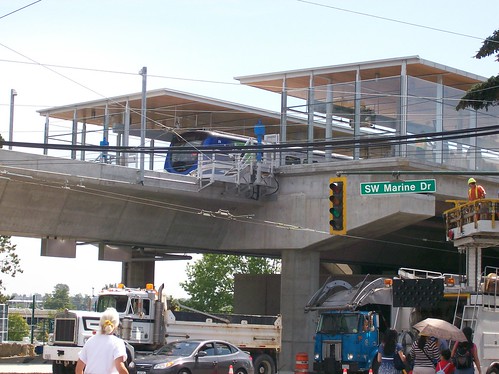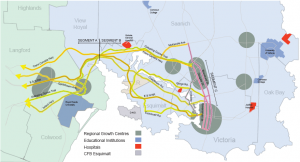
The Malahat crash that killed at least one person is merely the latest in example of why we need to fix the rail link up the island. Imagine if this accident has involved one of the dozens of trucks carrying dangerous chemicals and gases up and down the island? The consequence are pretty horrible to think of. And as we approach winter, we are again reminded that the Malahat is one of the few places on the island that regularly gets snow and ice during the coldest parts of year, merely adding to the danger.
Thankfully the solutions are actually pretty cheap. Just rebuilding the track bed would allow expanded freight service and a modest investment in new passenger vehicles would make passenger trips much faster and more pleasant. None of these things have a huge price tag. The Island Corridor Foundation, a consortium of Native bands, municipalities and others, who own the trackbed and land have estimated the cost at a mere $30 million to rebuild the entire corridor to modern standards. This is just a little bit more than the cost of either the stalled Spencer’s Road or new McTavish Road interchanges. As for passenger service, the Ottawa O-Train pioneered the use of time separation to allow running of lighter trains on the shared lines. (There are some arcane North American rules about crash ratings for passenger trains running on mixed tracks, something Europe is not burdened with). The O-Train uses Bombardier’s Talent diesel trains (usually known as DMU, or Diesel-multi-units), which were tacked onto a German purchase. For more money numbers and and some interesting background info, I suggest Transport Canada’s case study of the O-Train.
Are we likely to see any of this in the near future? Well, BC Transit is busy spending that money it was given by the province to study rapid transit in the CRD and scuttlebutt says that at least some portion of the E&N factors into those plans. As for the larger corridor itself, the Cowichan Valley Commuter might spur some interest on the northern side of the Malahat. However, I am not holding my breath.










